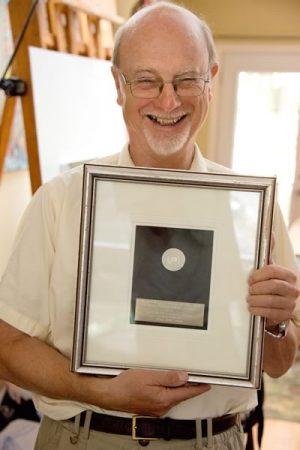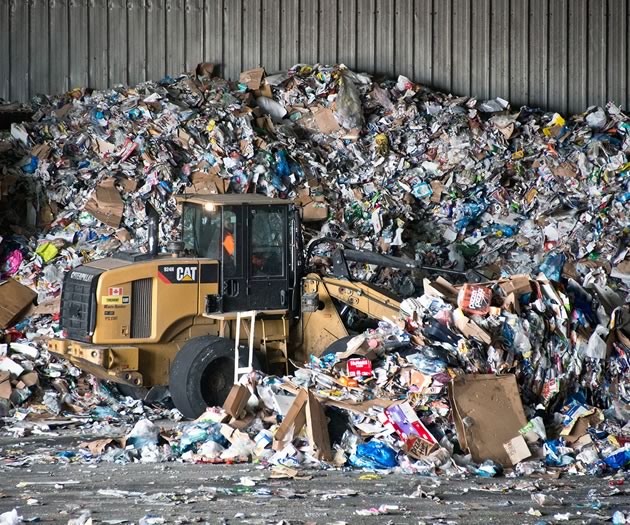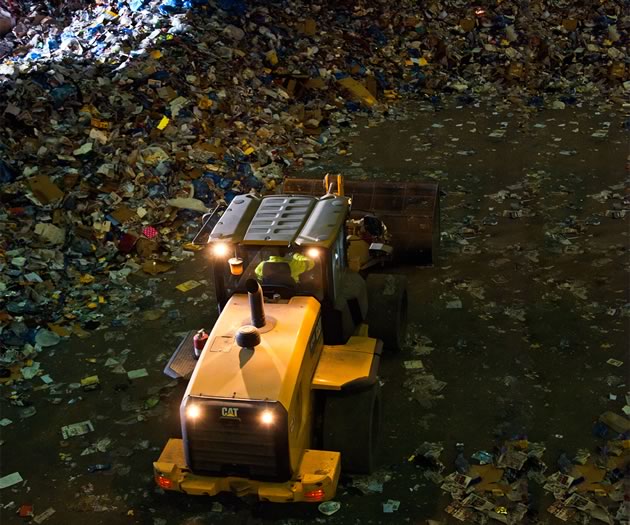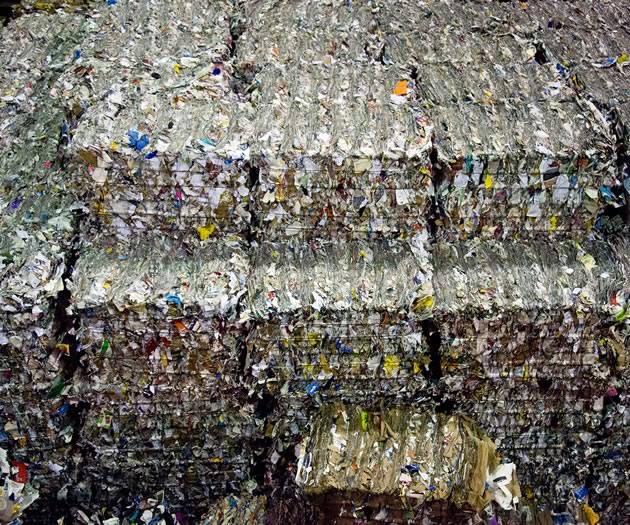The Granddaddy of the Blue Box
The best thing about the blue box is how widely accepted the concept has become and it started right here in Ontario, Canada.

Allan Wakefield received a United Nations award for his work in developing the blue box program. Photo by Pete Paterson.
Now retired, Glen Williams resident Allan Wakefield is a former vice-president of Alcan Aluminium who, with his colleague John Angus, is credited with developing the modern blue box program.
In 1984, Wakefield and Angus – the latter lived in Caledon at the time – were each recognized with a United Nations Environment Programme Medal for Service to the Environment.
The first recycling program was in Palo Alto in the 1970s. It was run on a volunteer basis by what Wakefield calls “a bunch of gung-ho greens,” but long term it wasn’t sustainable.
Later, Laidlaw Waste Systems was competing for a contract in Kitchener. To sweeten the deal, they offered to do a trial recycling program for 50,000 houses. While the trial was successful and demonstrated residents were ready to embrace the concept, there wasn’t enough value in the materials collected to make it economical.
That got Wakefield thinking. “If we put aluminium into the recycling stream, it’s worth $1,000 a ton,” he recalls. “Everything else in the recycling stream combined was worth about $50 a ton.” Even though aluminium is only about two per cent of the waste stream, at that price it was sufficient to subsidize the whole program.
After several years of lobbying, Wakefield and Angus got support from the Recycling Council of Ontario and Pollution Probe. They built partnerships with packaging companies like the soft drink manufacturers and got regulations changed so more aluminium could be used in Canadian products. And Alcan guaranteed municipalities a minimum price of $900 a ton for three years to reduce their fears about setting up what was then a risky, unknown program.
Although the environment benefited, the program was inspired by business considerations. It’s estimated the creation of the blue box program brought in an additional $100 million for Alcan in can stock sales.
It’s also worth noting that critics at the time bemoaned the fact the blue box system enabled a one-way approach straight to recycling. Meanwhile, organizations like The Beer Store, for instance, had proven deposit/refund systems for bottles also worked by encouraging more energy-efficient reuse.
One other point: Alcan’s solution, where the income from one material subsidizes the cost of the others, would be unlikely to fly today. In fact, Ontario’s new recycling legislation moves in the opposite direction, aiming eventually to have all waste producers pay their own shot.
All these years later, Wakefield thinks the best thing about the blue box is how widely accepted the concept has become. He is surprised that co-mingling materials has become standard practice in most programs. “In the early days,” he says, “everything was sorted at home.” His biggest disappointment: “That we seem to be capping out at a 50 per cent diversion rate. I had hoped for more.”
“People in Ontario don’t realize it started here,” Wakefield says. “Now it has spread across the world.”
Related Stories

Big Bins, Big Bother
Sep 16, 2016 | | EnvironmentMy new four-foot-tall recycling bin toppled on its side, sending cereal boxes, newspapers and yogurt containers blowing in all directions.

Peel Integrated Material Recovery Facility
Sep 16, 2016 | | EnvironmentHundreds of truckloads of baled recycling materials are shipped out of the Peel Integrated Material Recovery Facility each week to industries who use them in manufacturing.

To Serve and Collect
Sep 16, 2016 | | EnvironmentAn ode to the army who enables our green conscience and takes out the trash.






